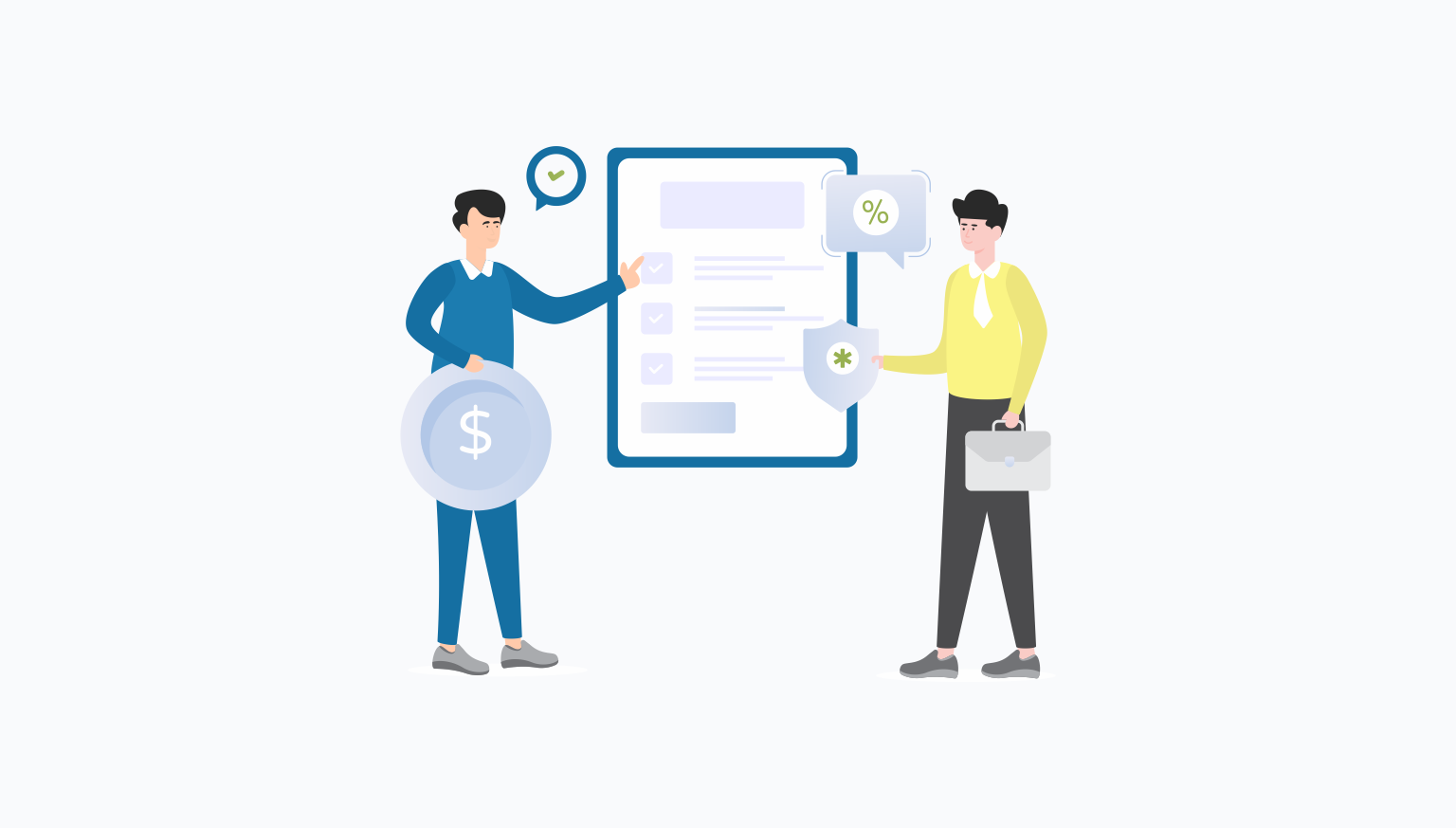
Navigating payments as an LLC owner can be more intricate than receiving income as an individual providing goods or services. The IRS offers various options for paying yourself and handling taxes, making it essential to understand the available methods and select the right one for your situation.
In this guide, we’ll explore four primary ways to pay yourself from an LLC, along with insights on how to make the process seamless and tax-efficient.
- Pay Yourself as a W-2 Employee
Many LLC owners find it advantageous to treat themselves as employees of their businesses. By doing so, you and other actively involved owners receive regular paychecks, similar to those in traditional employment settings.
The IRS requires paying yourself a “reasonable compensation,” although no fixed amount is specified. This approach allows you to select an S-corporation tax status, resulting in potential tax savings on a portion of your income, as you only pay specific taxes on the salary or wages received.
- Earn Profit Distributions
For LLC members (or shareholders), another method involves receiving payments through profit distributions or owner’s draws. This approach entails passing on business profits to the owners. While single-member LLCs might find this straightforward, multi-member LLCs might have more complex processes, outlined in the operating agreement.
However, be mindful that utilizing this method means paying self-employment taxes on all business income instead of just a designated salary. For those with LLCs as their primary income source, combining a regular salary with occasional owner’s draws might be more tax-efficient.
- Pay Yourself as a 1099 Independent Contractor
Although technically possible, this option isn’t commonly favored by most small business owners. Paying yourself as an independent contractor means foregoing payroll taxes deduction, resulting in receiving your full pay directly.
However, the downside is that you’ll have to pay self-employment tax quarterly on your own, which can be a financial burden. Managing taxes as both the LLC owner and an independent contractor can add complexity, making this method less appealing for most LLC owners.
- Keep the Money in the Business
A final option is not taking a paycheck at all and retaining earnings within the business. This choice may be suitable if you aim to reinvest profits or build savings for the company. Nevertheless, keep in mind that income taxes still apply to the generated profits, as LLCs are considered pass-through entities by default. If you’ve opted for S-corp tax treatment, be cautious about leaving funds in the business solely to avoid self-employment taxes, as it may lead to penalties and future tax complications.
How to Distribute Your Paychecks as an LLC Owner
Once you’ve established your LLC, consider setting up a business bank account to streamline accounting and safeguard your personal finances from potential business liabilities. When you receive income from sales or services, direct it to the business account first, utilizing it to cover business expenses.
Afterward, transfer payments to your personal account dedicated to personal and household expenses. Various methods, such as cash, paper checks, ACH payments, PayPal, or Venmo, can be used for these transactions. Remember that you are responsible for the applicable income and self-employment taxes on your business earnings.
To simplify the payment process and ensure compliance, using a payroll service like Gusto or Wave can prove highly beneficial. These services handle employee or contractor setup, facilitate automatic payments to your personal bank account, and even take care of filing essential tax forms and payroll taxes, easing the administrative burden for LLC owners.
